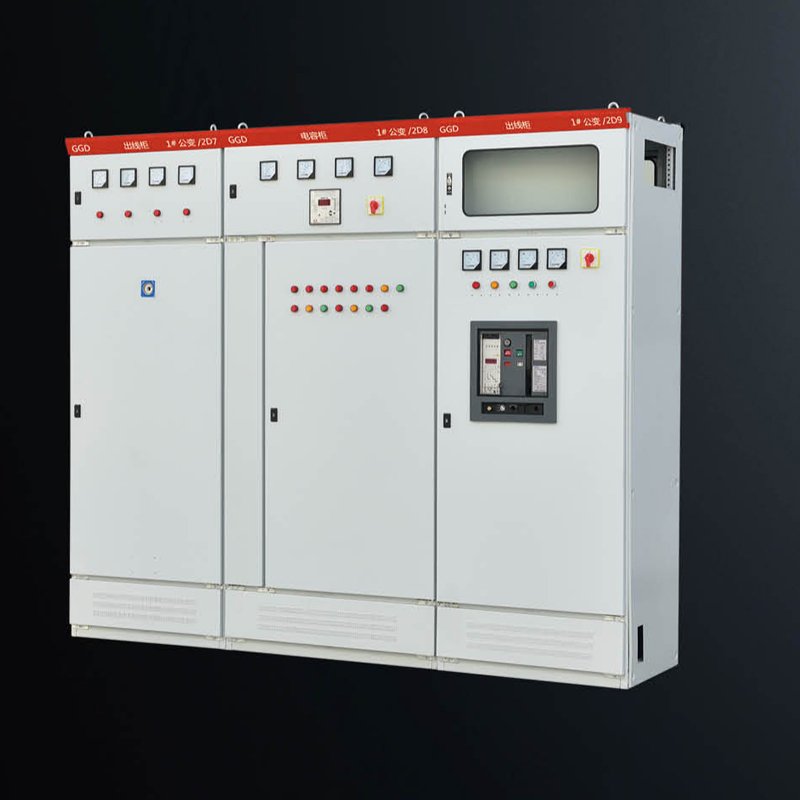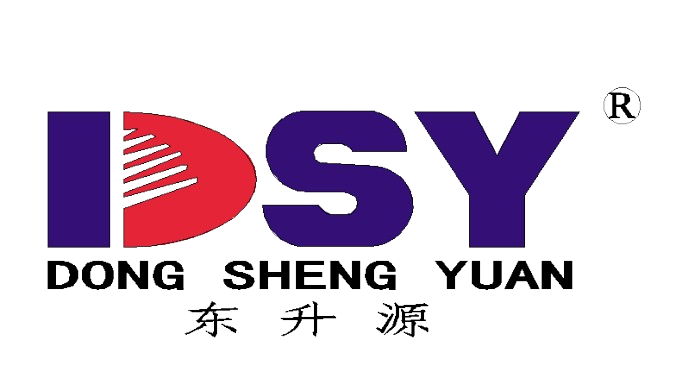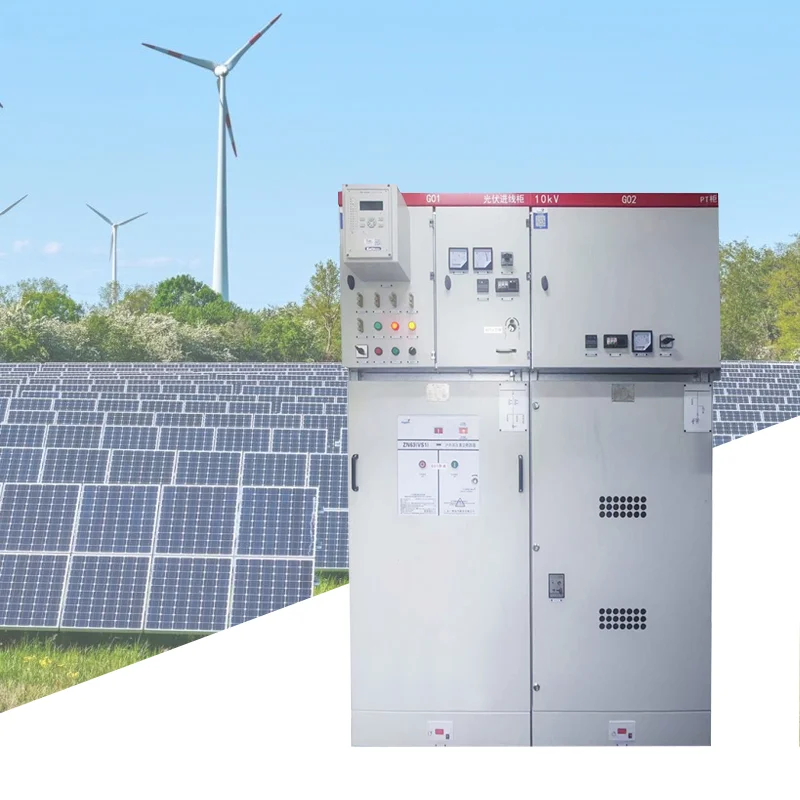How to Choose Power Distribution Cabinets for Data Centers
The right power distribution cabinet protects uptime, passes inspections, and scales with your load roadmap. This buyer’s checklist helps procurement managers balance compliance, reliability, and total cost of ownership—and avoid project delays, penalties, and rework.

Introduction
Data centers live and die by electrical reliability. A single weak link in power distribution can trigger outages, SLA penalties, or failed audits. If you’re sourcing for a new build or expansion, your mission isn’t just getting the “best price”—it’s selecting a compliant, scalable, and serviceable cabinet . This guide distills a practical buyer’s checklist so you can de-risk procurement, align with standards, and secure accurate vendor quotations.
Why Power Distribution Cabinets Matter in Data Centers
The role of distribution in uptime and redundancy
- Continuity: Distributes power from switchgear/UPS to IT racks with selective coordination.
- Redundancy: Supports A/B feeds, dual-corded IT loads, and tiered reliability targets.
- Visibility: Metering enables capacity planning, PUE tracking, and proactive maintenance.
Risks of choosing the wrong cabinet
- Unplanned downtime from improper ratings, poor fault containment, or coordination gaps.
- Thermal hotspots and component aging due to undersized busbars/poor ventilation.
- Compliance failures leading to inspection rejections and schedule slippage.
The buyer’s trade-off: cost vs. reliability
Lowest CAPEX often hides OPEX: more truck rolls, higher losses, warranty disputes, and rework. A vetted, certified build lowers lifetime risk and smooths audits.
Key Technical Specifications Buyers Must Check
| Parameter | What to Specify | Why It Matters | Risk If Ignored |
|---|---|---|---|
| System Voltage & Current | e.g., 400/415/480 V; main/bus ratings with 20–30% growth margin | Ensures safe load handling and future expansion | Overloads, nuisance trips, accelerated wear |
| Short-Circuit/Fault Level (Icw/Icc) | Withstand & interrupt ratings coordinated with upstream gear | Survives worst-case faults without catastrophic failure | Arc events, equipment damage, safety incidents |
| Busbar Design | Copper (preferred) or aluminum; derating by temperature/altitude | Lower losses, better thermal headroom, longevity | Hotspots, energy waste, early failures |
| Protection Devices | MCCBs/ACBs with adjustable trip; SPD; selective coordination study | Limits fault impact and prevents cascading outages | Widespread blackouts, asset damage |
| Metering & Monitoring | Per-branch or per-panel metering; Modbus/TCP, SNMP, BACnet | Capacity planning, billing, SLA, PUE optimization | Blind spots, stranded capacity, SLA risk |
| Ingress & Enclosure Rating | IP/Type rating aligned to white space or electrical room conditions | Environmental protection and safety | Dust/moisture ingress, corrosion, failures |
| Thermal Management | Passive/forced ventilation; cable/bus thermal model | Prevents overheating under continuous high loads | Derating, thermal trips, lifespan reduction |
| Standards Compliance | IEC/ANSI/UL/CE labeling and test reports | Inspection readiness and legal conformity | Certification rejection, rework, delays |
Cost vs. Value: What Procurement Should Really Compare
| Decision Point | Choose This If… | Benefit | Hidden Risk If You Don’t |
|---|---|---|---|
| Certified Global Manufacturer | You need predictable QA, documentation, and support | Fewer disputes, smoother inspections | Rework, delays, warranty friction |
| Copper Busbars | Energy efficiency & high load density are priorities | Lower losses, thermal margin | Hotspots, higher OPEX |
| Advanced Metering + Open Protocols | You plan capacity optimization & DCIM analytics | Actionable visibility, faster troubleshooting | Blind capacity, SLA exposure |
| Formal FAT/SAT | Schedule is tight; site access is limited | Catch issues early; faster handover | Late-stage defects, site rework |
The Buyer’s Checklist (Copy/Paste into Your RFQ)
- System ratings: voltage, main/bus current, short-circuit withstand/interrupt.
- Busbar: material, temperature rise limits, derating factors.
- Protection: ACB/MCCB models, settings range, selective coordination study.
- Metering: per-branch/per-panel, accuracy class, comms (Modbus/TCP, SNMP), DCIM/BMS integration.
- Enclosure: IP/Type rating, access (front/rear), cable entry, footprint constraints.
- Thermal: ventilation strategy, continuous load at site ambient, grouping effects.
- Safety: arc flash mitigation, mechanical interlocks, lockout/tagout provisions.
- Compliance: target standards/editions, labeling, routine/type test certificates.
- Documentation: SLDs, O&M, spare parts, FAT/SAT procedures, training plan.
- Lifecycle: warranty terms, spare kit, service SLAs, expansion options.
FAQs
What’s the difference between a power distribution cabinet and a PDU?
In white space, “PDU” often refers to rack-level units; a power distribution cabinet feeds multiple racks or subpanels and houses breakers, busbars, metering, and communications.
How much headroom should I keep?
Common practice is sizing with 20–30% growth margin on bus/main ratings, validated by a capacity roadmap and thermal/coordination studies.
Do I need per-branch metering?
If you bill internal tenants or optimize PUE tightly, yes. Otherwise, per-panel metering with good analytics may suffice.
Conclusion
Selecting the right distribution cabinet is a strategic procurement decision. By aligning specifications with compliance, redundancy, thermal performance, monitoring, and lifecycle support, you’ll minimize risk, pass inspections the first time, and keep capacity flexible for future growth. Use the checklist above in your RFQs to drive apples-to-apples quotations and avoid surprise change orders.
Call to Action
Request a Quote & Technical Datasheet | View Power Distribution Cabinets





